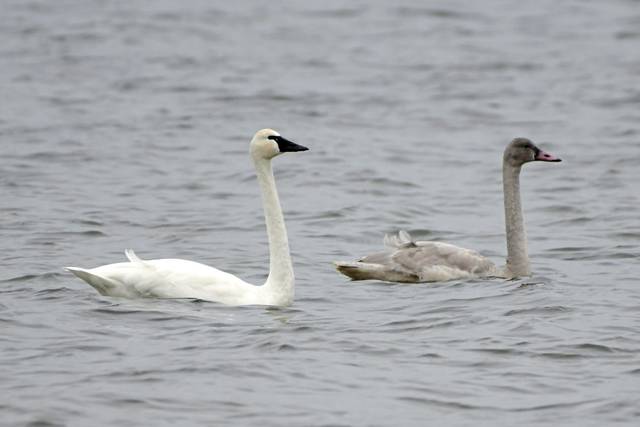About an hour ago
The Audubon Society’s Christmas Bird Count in Pittsburgh tallied 78 species, one of the highest numbers of types of birds ever recorded since the count has been conducted in Pittsburgh for 110 years.
The national Audubon Society’s Christmas Bird Count, now in its 121st year, is a birding tradition serving as an annual census of the birds, helping scientists to track population trends.
Any pandemic wrinkles on count day in Pittsburgh, Dec. 26, didn’t diminish the efforts of 216 volunteers, a little less than usual, with most of them in the field walking around in 14 degree weather.
Covid-19 restrictions such as breaking apart groups of birders did change things up a bit.
“But it certainly didn’t hamper our ability to conduct this count, and it didn’t impact our coverage,” said Brian Shema, compiler of the Pittsburgh count. Shema is operations director of the Audubon Society of Western Pennsylvania.
On the plus side, the 3 to 6 inches of snow on the ground from the region’s white Christmas brightened up an otherwise drab brown landscape, increasing visibility and making it easier to see and find birds, he noted.
Accounting for the high number of species this year, Shema said, some birds are deciding to spend the winter in the region while others from the south are expanding their range into the Pittsburgh area.
Unusual sightings
The big count rarity was three black scoters, a large sea duck, found in the Allegheny River near Blawnox.
“These birds should be in the Atlantic Ocean now,” Shema said.
Another oddball sighting was a Baltimore oriole visiting a bird feeder in the city. While they nest in the region in the summer, they winter down south, from Florida to the northern tip of South America.
A highlight for count day was the sighting of several flocks of tundra swans spotted in flight with 344 counted in total. The large flocks are hard to miss, fly in “V” formations.
Steve Gosser, a photographer and bird count leader who covered Indiana County, was returning to his McCandless home after the bird count and heard a “wooo wooo” call coming from the sky. He looked up and saw a line of at least 60 tundra swans flying to the south.
“Had I gotten home just a couple minutes later I would’ve missed them,” he said. “That’s true serendipity.”
The tundra swan is not rare as it migrates through the region, but this is a high number for the count, Shema said.
Birds counted that are moving into the region full time, at least in small numbers, include the turkey vulture, raven, fish crow, Eastern towhee and chipping sparrow.
“The raven and fish crow are expanding their range,” Shema said. “We’ve been watching them coming to Pittsburgh for years. Larger and larger numbers are coming, and we’re picking them up on the bird count.”
Common ravens have been spotted recently at North Park and are often found along the river valleys, particularly along the Allegheny River, said Michael Fialkovich, of Penn Hills, the bird report editor of the Three Rivers Birding Club.
“Fish crows can be heard calling among the thousands of American crows as they fly to their roost site in the Oakland area at dusk,” he said. Duck Hollow on the Monongahela River has been a regular location for them in recent years, he added.
Finch fever continues this winter with northern finches such as evening grosbeaks, pine siskins, redpolls and others showing up throughout the region, dropping south to the Pittsburgh area scouting for food.
“The big irruption of northern finches this year handed us the grosbeak to count and that helped our species diversity,” Shema said.
Mary Ann Thomas is a Tribune-Review staff writer. You can contact Mary at 724-226-4691, [email protected] or via Twitter .
Categories:
Local | Regional












![Here Are The Best AirPods, AirPods Pro Deals [Updated]](https://newsfortomorrow.com/wp-content/uploads/2019/12/1575259336_Here-Are-The-Best-AirPods-AirPods-Pro-Deals-Updated-225x125.jpg)





